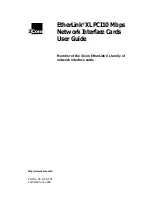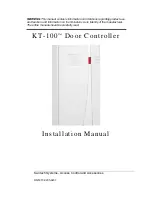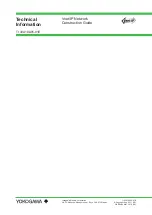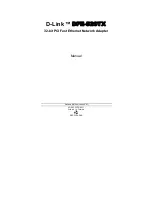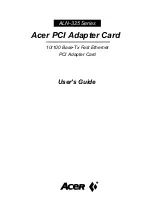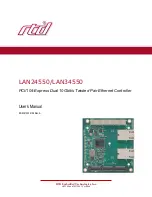
28
MANUAL P/N 900000111 REV K
4.3.3
Daylight Saving Time
The Daylight Saving Time consists of the “Automatically adjust clock for daylight saving changes”
check box. If the user clicks the check box, the system will automatically adjust the time of the NFS-
220 when daylight saving time occurs. If the user does not click on the check box, the system will not
automatically adjust the time of the NFS-220 when daylight saving time occurs.
4.3.4
Daylight Saving Time (Advanced)
The Daylight Saving Time (Advanced) consists of three fields, the Daylight Saving Time Offset
(DSTO), Daylight saving start, and Daylight saving stop. The DSTO is a number that is added to or
subtracted from the time zone setting. The DSTO entered by the user may be either in hours or
minutes.
The Daylight saving start allows the user to add the daylight saving offset to the time the daylight
saving should start. The user must enter the daylight saving start time, the occurrence of the specific
day, the day of the week, and the month that the daylight saving should start. Note that the 24 hour
standard is used (e.g. 1:00 p.m. will be written as 13:00). For example, Pacific Standard Time adds
an hour at 02:00 on the second Sunday of March.
The Daylight saving stop allows the user to subtract the daylight saving offset from the time the
daylight saving should stop. The user must enter the daylight saving stop time, the occurrence of the
specific day, the day of the week, and the month that the daylight saving should stop. Note that the
24 hour standard is used (e.g. 1:00 p.m. will be written as 13:00). For example, Pacific Standard
Time subtracts an hour at 02:00 on the first Sunday of November.
Please note that the daylight saving start time and daylight saving stop time must be in 24 hour
format. For example, if daylight saving start time and daylight saving stop time are at 1:00 pm, the
user must enter 13:00.





































